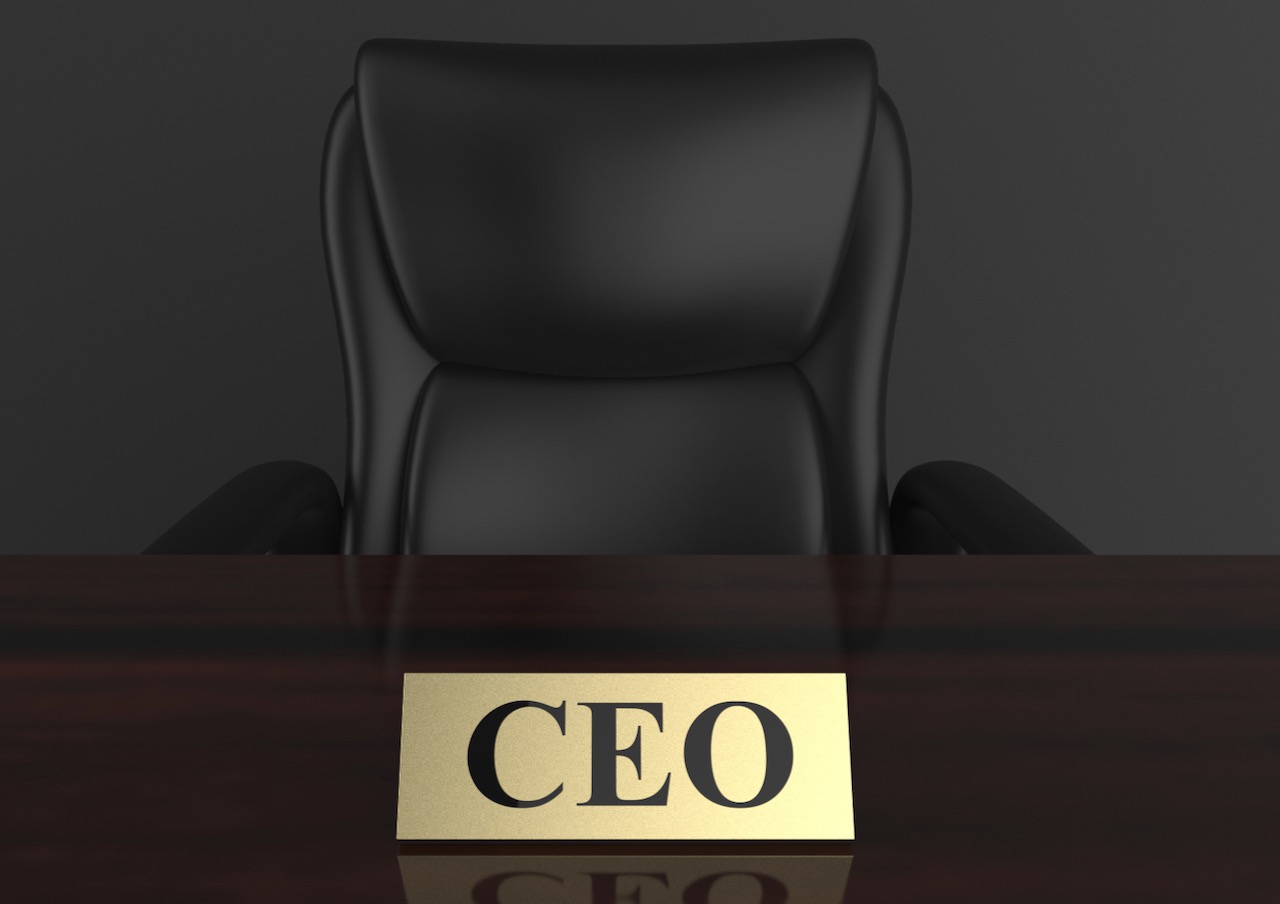It used to be considered the capstone of a career to be the CEO of a publicly traded firm. The perks of being a corporate CEO included media attention, industry status, high salaries and stock options. For those who were reaching for the highest rung on the corporate ladder, becoming a CEO was the ultimate goal. Not anymore. Interestingly, what we are seeing at Lancor is that 9 out of 10 times, candidates are opting to be a CEO for PE firms over publicly traded companies.
With over 4000 Private Equity Backed companies out there–all in need of a strong CEO– C-Suite candidates are now in the driver’s seat. It is not uncommon for CEO candidates to have multiple types of companies vying for their leadership.
While the overall compensation is often greater over the long term for PE-backed CEOs, that isn’t the only reason candidates are flocking to PE Firms. Potential CEOs are drawn to the ability to make long term changes without having to perform immediately with every move scrutinized in a public arena. The pressure is absolutely still there for PE-backed CEOs, but usually within a four-to-five year hold window. The ROI and cash-on-cash return is always the focus, but there is more lead time to get there. They are not being judged on a second-by-second basis while they try to implement their thesis, thus have more autonomy to figure out the best path forward.
For a corporate CEO, quarterly press releases, media presentations, and interrogation by research analysts and reporters starts 90 days in. If numbers are below expectations, the company’s stock price can drop dramatically – even if that was part of the long term plan to improve a company. These stock dips make it harder to drive value.
What you gain as a CEO of a PE-backed firm is time to make fundamental and meaningful changes to a firm. Many PE firms look to hire executives that can not only drive the growth during their ownership, but also be capable to continue to drive growth once the PE firm sells. If the C-Suite has this skill set, the PE firm will sell at a larger price. The executives can the reinvest some or all of the millions they made when the first PE firm sold–and then do it again (with more equity) with the next PE firm and make an even bigger return in the same four to five year time frame. This is much harder to do in the public market and the best C-Suite executives are therefore much more interested in the PE model. It is not easy and there is no guarantee that the growth is simply there for the taking. However, that is true for both PE-backed and public companies.
Given the chance to bet on themselves, CEOs are smart to be much more interested in the PE model to help them drive meaningful long term value.
